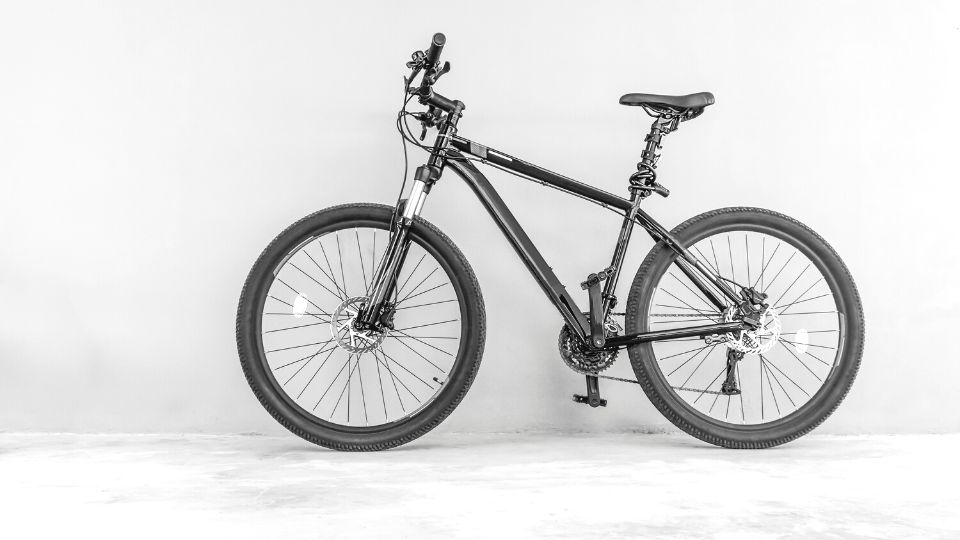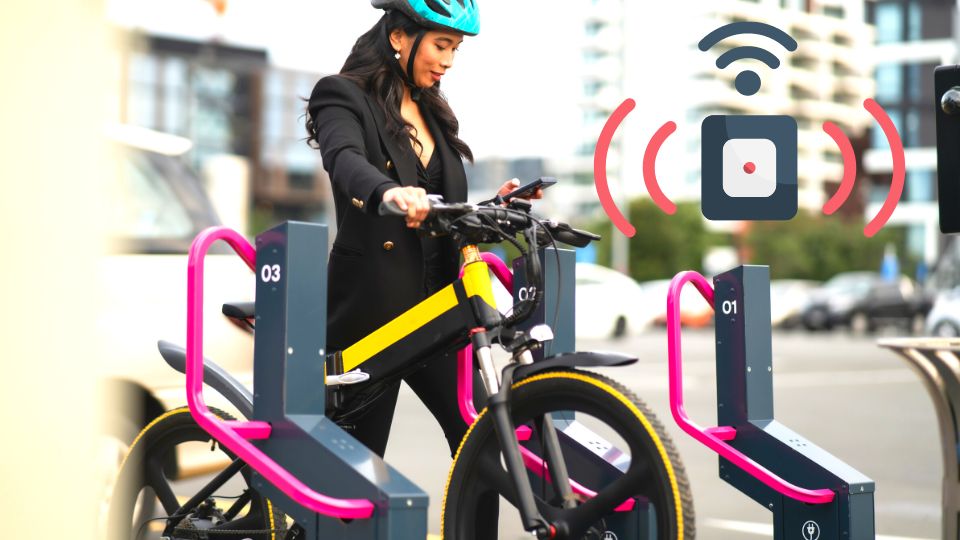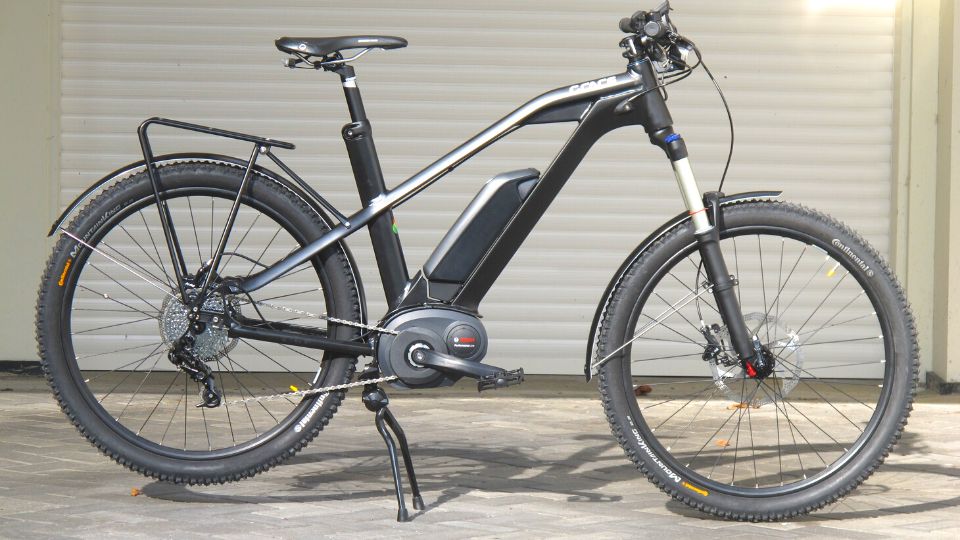Camping with an electric bike can be a great way to explore the outdoors, but it’s important to plan for how you’ll charge the bike’s battery.
To charge an e-bike when camping, you can use a portable charger, a solar panel, a power bank, or a generator.
In this article, we’ll provide a guide on how to charge an e-bike when camping, including tips for choosing the right charger, connecting to power sources, and maximizing battery life.
Choosing the Right Charger
When camping, it is important to have the right charger for your electric bike to ensure that you can keep it powered up throughout your trip. Here are some types of chargers that are suitable for camping.
Types of chargers suitable for camping
- Solar chargers: These chargers use solar panels to harness energy from the sun and convert it into power for your electric bike. They are an eco-friendly option and perfect for camping trips where access to electrical outlets may be limited.
- Portable chargers: These chargers are compact and lightweight, making them ideal for camping trips where you need to travel light. They can be easily packed in your backpack and taken with you on hikes or other outdoor activities.
- Car chargers: If you are driving to your camping destination, a car charger can be a convenient option. You can charge your electric bike while you are driving to your campsite, ensuring that your bike is fully charged and ready to go when you arrive.
- Generator chargers: A generator charger can be a good option for camping trips where you need a lot of power. These chargers can be connected to a portable generator and used to charge your electric bike’s battery.
If you’re wondering whether it’s possible to charge your electric bike with a portable charger while camping, be sure to check out our article that provides helpful tips and considerations.
Factors to consider when choosing a charger for camping
When planning a camping trip with an electric bike, it is important to consider how to charge the battery during the trip. Choosing the right charger is crucial to ensure that the battery is fully charged and ready to use for the next day’s ride.
Here are some factors to consider when choosing a charger for camping:
- Types of chargers suitable for camping: There are different types of chargers available for electric bike batteries, including wall chargers, portable chargers, and solar chargers. For camping, a portable or solar charger is usually the best option as it allows you to charge your battery even if there is no electricity available.
- Capacity and charging time: The capacity of the charger and the time it takes to charge the battery are important factors to consider. A charger with a higher capacity will be able to charge the battery faster, while a charger with a lower capacity will take longer to charge the battery. It is important to choose a charger that matches the capacity of your battery.
- Compatibility with electric bike batteries: Make sure the charger you choose is compatible with your electric bike battery. Some chargers are designed for specific types of batteries, and using an incompatible charger can damage the battery or even pose a safety hazard.
- Weight and portability: For camping, it is important to choose a charger that is lightweight and portable so that you can easily carry it with you. A charger that is too heavy or bulky will take up valuable space and add unnecessary weight to your camping gear.
- Durability and reliability: When choosing a charger for camping, make sure it is durable and reliable. You don’t want to be stranded in the middle of nowhere with a charger that doesn’t work or breaks down easily.
For information on the different types of electric bike batteries available and how they affect charging options, don’t miss our article that provides expert insights and comparisons.
Charging the E-bike
The charging process requires a charger, a power source, and a connection between the charger and the e-bike battery.
Choosing the Right Charger
Choosing the right charger is crucial to ensure that the e-bike battery is charged correctly and safely. There are various types of chargers suitable for camping, including:
- AC chargers: AC chargers are the most common type of charger for e-bikes. They can be connected to any standard power outlet, making them a convenient choice for camping.
- DC chargers: DC chargers are faster than AC chargers and can be connected to a portable power bank or a solar panel.
- Solar chargers: Solar chargers use the sun’s energy to charge the e-bike battery. They are an excellent option for camping, especially if you plan to be in a sunny location.
Connection of the Charger to the E-bike Battery
Before connecting the charger to the e-bike battery, make sure to read the manufacturer’s instructions to ensure that you are following the correct procedure. Generally, the steps to connect the charger to the e-bike battery are as follows:
- Turn off the e-bike and remove the battery.
- Connect the charger to the battery according to the manufacturer’s instructions.
- Connect the charger to the power source.
- Turn on the charger and monitor the charging process.
Monitoring the Charging Process
Monitoring the charging process is crucial to ensure that the e-bike battery is not overcharged or undercharged. Some chargers have an indicator light that shows the charging status, while others require you to check the battery level manually. To prevent overcharging, make sure to disconnect the charger once the battery is fully charged.
Tips for Optimal Charging
To ensure that your e-bike battery is charged optimally, consider the following tips:
- Charge the battery in a cool, dry place to prevent overheating.
- Do not leave the battery on the charger for an extended period, as this can reduce the battery’s lifespan.
- Use a charger that is compatible with your e-bike battery to prevent damage to the battery.
If you’re curious about whether it’s possible to ride an electric bike without a battery, be sure to read our article that explores this question in depth.
Power Options for Charging
Here’s a guide to power options for charging your e-bike while camping:
Solar power
Solar power is a clean and eco-friendly way to charge your e-bike battery while camping. It involves using solar panels to harness energy from the sun and convert it into electrical energy to power your e-bike.
Solar panels are lightweight, portable, and easy to set up, making them an excellent option for camping. To charge your e-bike battery with solar power, you’ll need to connect the solar panels to a solar controller and then connect the controller to your e-bike battery.
Power banks and generators
Power banks and generators are also great options for charging your e-bike battery while camping. Power banks are portable batteries that you can charge before your camping trip and then use to charge your e-bike battery.
Generators, on the other hand, generate electrical energy by burning fuel, such as gasoline or propane. Both power banks and generators are effective ways to keep your e-bike charged while camping, but generators are generally more powerful and can charge your battery faster.
Preparing for charging with a generator
If you plan to use a generator to charge your e-bike battery while camping, there are a few things you need to keep in mind. First, make sure you have enough fuel to power the generator for the duration of your camping trip.
You should also make sure you have the appropriate cables and connectors to connect the generator to your e-bike battery. Additionally, you should choose a safe and secure location to set up the generator and avoid using it inside your tent or other enclosed spaces.
Tips for Prolonging Battery Life
Electric bike batteries are a crucial component of e-bikes. Proper battery maintenance can help prolong its life and maintain its performance. Here are some best practices to help you get the most out of your e-bike battery:
- Store your battery properly: When not in use, store your battery in a cool and dry place. Avoid storing it in direct sunlight or extreme temperatures, as this can damage the battery and reduce its lifespan.
- Charge your battery regularly: Charging your battery regularly helps to maintain its health and prolong its lifespan. It is recommended to charge your battery after every ride and avoid discharging it completely.
- Avoid overcharging: Overcharging your battery can cause it to overheat and reduce its lifespan. To prevent overcharging, always use the charger provided with your e-bike and avoid leaving your battery charging for extended periods.
- Use the right charger: Always use the charger provided by the manufacturer of your e-bike. Using an incompatible charger can damage the battery and reduce its lifespan.
- Don’t leave the battery empty for extended periods: Leaving your battery empty for an extended period can damage the battery and reduce its lifespan. It is recommended to charge your battery at least once a month to prevent it from draining completely.
- Avoid extreme temperatures: Extreme temperatures can damage your e-bike battery. Avoid exposing your battery to extreme cold or heat, as this can reduce its lifespan.
Dos and Don’ts when charging e-bike batteries
Dos:
- Use the charger provided by the manufacturer
- Charge the battery after every ride
- Store the battery in a cool and dry place
- Charge the battery regularly
- Monitor the charging process
- Use power options suitable for camping
Don’ts:
- Overcharge the battery
- Use an incompatible charger
- Leave the battery empty for extended periods
- Expose the battery to extreme temperatures
Following these tips can help you prolong the lifespan of your e-bike battery and maintain its performance. Remember to always use the charger provided by the manufacturer and avoid overcharging or leaving your battery empty for extended periods.
FAQ
How do I charge my ebike away from home?
You can charge your e-bike away from home using a portable charger, solar panels, or by finding a charging station.
Can you charge an ebike with a portable charger?
Yes, you can charge an e-bike with a portable charger, provided it is compatible with the battery and has the appropriate voltage and amperage output.
Is there a way to charge ebike while riding it?
Technically, it is possible to charge an e-bike while riding it using a regenerative braking system, but the amount of charge gained is generally small and may not be significant. It is not a reliable method for recharging the battery.
Conclusion
Whether you’re planning a weekend camping trip or a longer adventure, knowing how to charge your e-bike when camping is essential for keeping your bike running smoothly.
By following the tips and best practices outlined in this article, you can ensure that you’re prepared to charge your bike’s battery no matter where your travels take you.






